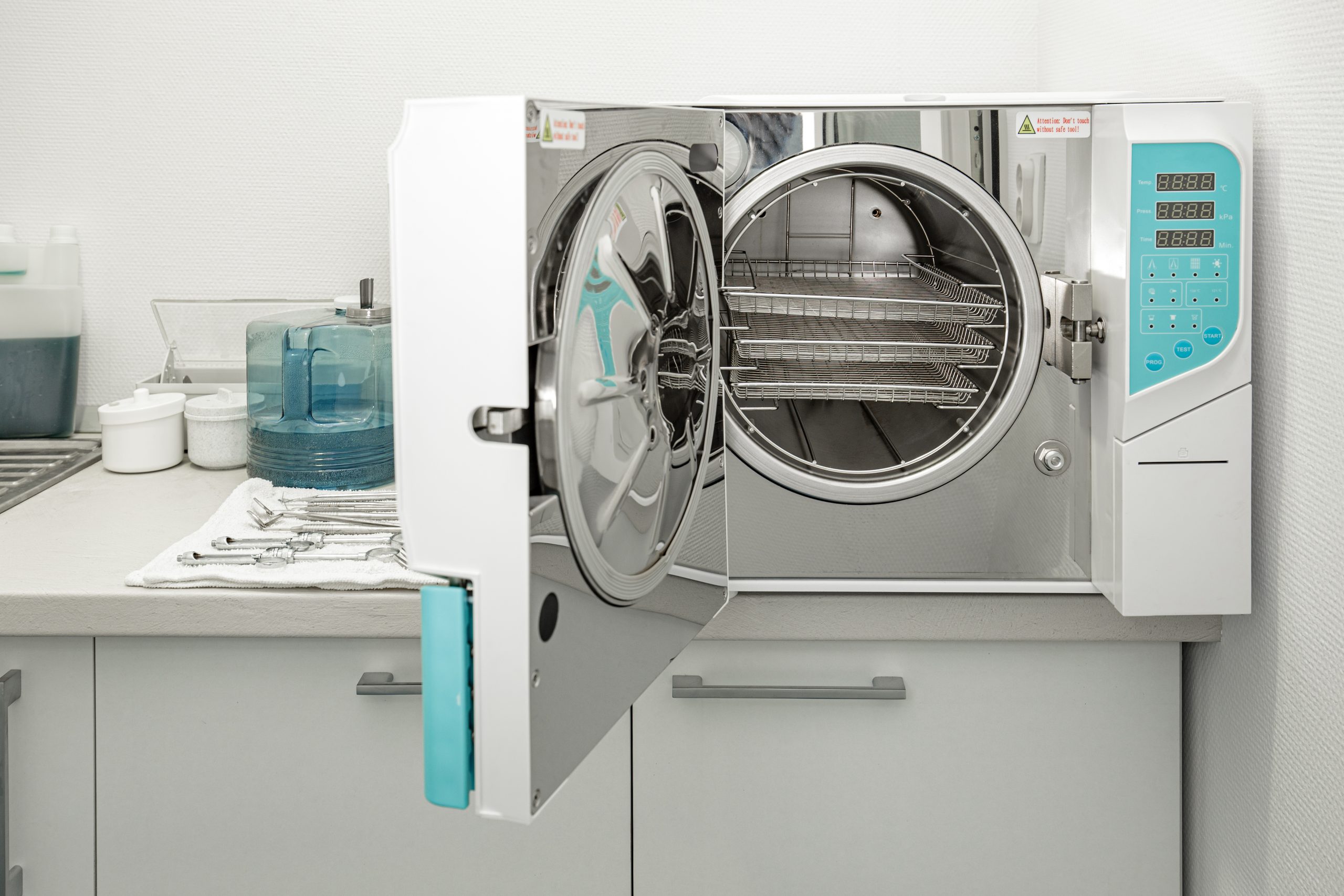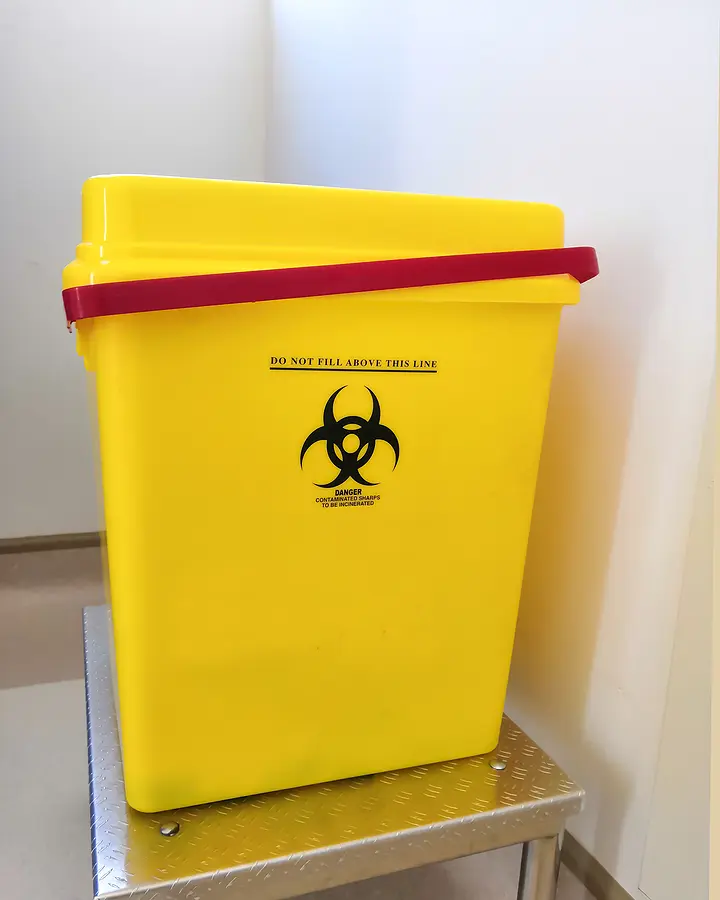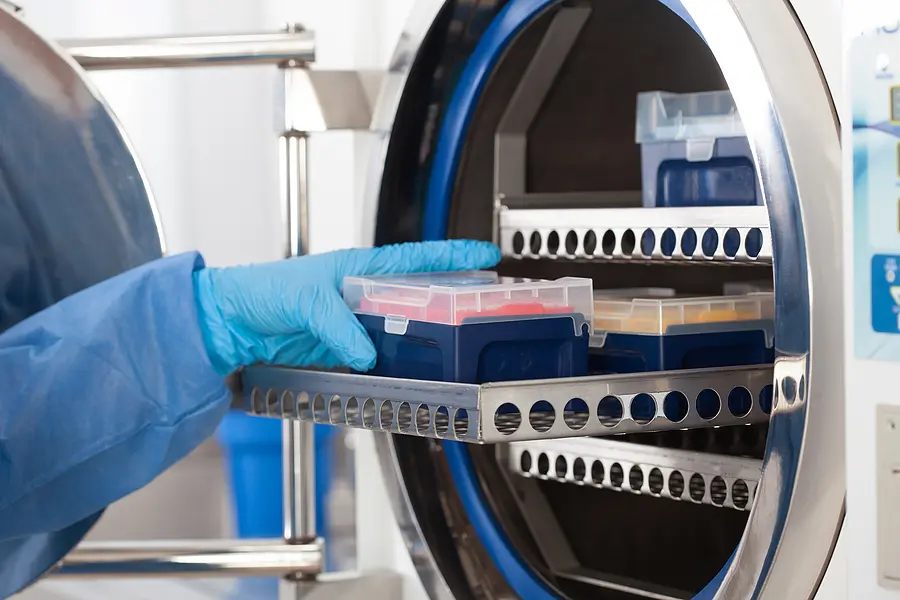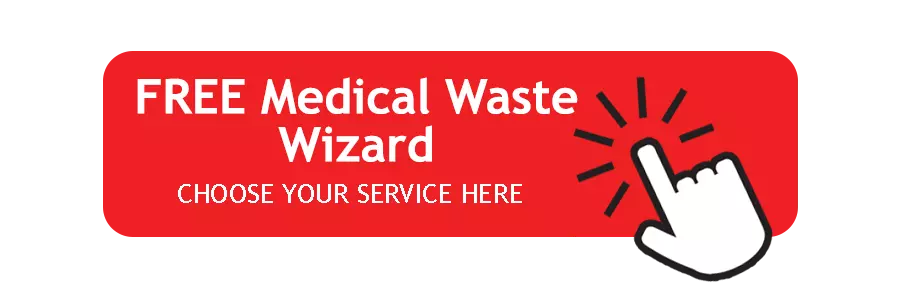What Happens to Sharps Containers?

Whether you’re a healthcare professional, a diabetic managing insulin injections, or someone who regularly administers medication at home, understanding the journey of sharps containers post-use is crucial. From disposal methods to environmental impact, this blog explores the comprehensive process of what happens to sharps containers, shedding light on the importance of safe and responsible handling of medical waste.
Proper Disposal of Sharps

Sharps are generally any medical device that can prick or cut skin. Proper handling and disposal of sharps is important to prevent the spread of disease and needle stick injuries. After using a sharps device, you should immediately place it in a puncture-proof container with a tightly fitting lid. You should fill the container no more than three-quarters full. Moreover, store it in a safe location, out of the reach of children and pets.
Sharps disposal containers must have the labels “do not recycle” and “biohazard.” Clearly describe what is in the container by adding “used sharps” and “hazardous waste.” FDA-approved containers may come with a label or you can check your local health department website for printable warning labels.
A licensed biohazard waste disposal company can pick your sharps up, you can mail them back, or drop them off at a sharps drop-off site.
What Happens to Sharps Containers Next?
Once your service provider collects your sharps and other medical waste, they will take it to a facility permitted for the treatment of medical waste. Two primary methods of treating medical waste are autoclave and incineration.
Autoclaving

Autoclaving is a method known as steam sterilization. The process uses heat, steam, and pressure to sterilize medical waste, instruments, and applicators. Then, hot steam continuously enters the autoclave to kill microorganisms and germs. The time required in the autoclave is based on the amount and size of the equipment being sterilized.
After autoclaving, your service provider will shred the waste, take it to a landfill, or use it in a waste-energy facility as an alternative fuel source. Autoclaving tends to be less expensive than other methods and has no documented health impacts.
Incineration
Incineration uses heat and fire to dispose of medical waste with a controlled burn. This method completely sterilizes, destroys, and keeps your waste out of landfills. Incineration can be used to produce electricity and heat to provide power.
Some states and counties prefer incineration, while others have suspended services awaiting further safety information. Incineration comes with environmental concerns, including air pollution, greenhouse gas emissions, residue and ash contamination, as well as health risks. It’s important to ensure that your service provider follows WHO regulations if you use this method.
Autoclaving vs. Incineration
Selecting a disposal method is based on the type of waste you have collected. Incineration is best for chemical waste and pharmaceutical waste. Autoclaving is best for “red bag” waste including sharps, personal protective equipment, gauze, and more. In addition, it’s way more environmentally friendly.
You should handle and dispose of all medical waste with caution and care. Medical Waste Pros will help you properly collect and treat your materials to create a safer and healthier environment for everyone.
Get Safe Sharps Disposal Services Near You Today
Contact Medical Waste Pros to learn more about your options for safe sharps and medical waste disposal near you. We offer mail-back services and convenient drop-off locations across the country. Fill out the form or give us a call at (888) 755-6370 to receive free quotes on our services today.










